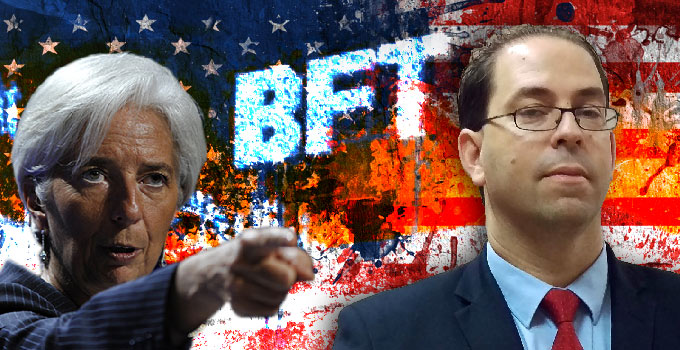The Lingering Effects of Persistent Inflation on Consumers and Businesses

Introduction
In the aftermath of global economic disruptions, inflation has emerged as a formidable challenge, persistently influencing the financial landscape for consumers and businesses alike. As prices soar, the implications stretch far beyond the cost of goods and services; they shape consumer behavior, corporate strategies, and the broader economic environment. This investigative article delves deep into the multifaceted effects of enduring inflation, exploring how it alters purchasing decisions, influences business strategies, and impacts overall economic growth
Understanding Persistent Inflation
Persistent inflation, characterized by a sustained increase in prices, has plagued economies worldwide. As of 2023, many countries are grappling with inflation rates that have remained above historical averages. The U.S. Bureau of Labor Statistics reported an inflation rate of approximately 6.5% year-over-year in early 2023, prompting concerns about its long-term impact
Economists attribute this trend to a variety of factors, including supply chain disruptions, rising energy costs, and increased consumer demand following the pandemic. However, the question remains: how does this persistent inflation manifest in the daily lives of consumers and the operational realities of businesses
Consumer Behavior: Adjustments and Trade-offs
For consumers, inflation alters the landscape of purchasing decisions. As prices rise, households are forced to reevaluate their spending habits, often prioritizing essential goods over discretionary items. A recent survey by the Consumer Insights Group revealed that 78% of respondents have reduced spending on non-essential items, illustrating the shift in consumer priorities
Dr. Lisa Reynolds, a behavioral economist, notes, “Inflation doesn’t just change how much consumers pay; it fundamentally shifts their perception of value. When prices rise, people become more price-sensitive and cautious
The Rise of Value-Based Purchasing
This heightened price sensitivity has given rise to what analysts term “value-based purchasing.” Consumers are increasingly seeking out deals, discounts, and alternative brands that offer similar quality at lower prices. Retailers report a significant uptick in demand for private-label products, which are often priced more competitively than national brands
This shift has profound implications for businesses. Companies that fail to adapt risk losing market share to competitors that can offer more appealing pricing or perceived value. “The challenge for brands is to convey quality while remaining affordable,” says Tom Harris, a marketing strategist
Business Strategies: Navigating the New Normal
In response to inflationary pressures, businesses are rethinking their strategies across various dimensions. One common approach has been to adjust pricing models, with many companies opting for gradual price increases rather than abrupt jumps. This strategy aims to minimize consumer backlash while ensuring profitability
Additionally, firms are focusing on operational efficiencies to offset rising costs. For instance, companies are investing in technology to streamline production processes and reduce waste. A report by Deloitte indicates that organizations adopting advanced manufacturing technologies have seen a 15% reduction in operational costs, allowing them to remain competitive even amidst rising prices
Supply Chain Adaptations
Inflation has also prompted businesses to re-evaluate their supply chains. The cost of raw materials and transportation has surged, forcing companies to explore alternative sourcing options. Many are shifting towards local suppliers to mitigate shipping costs and reduce delivery times
Moreover, businesses are increasingly adopting flexible inventory strategies. Companies like Walmart and Target have enhanced their inventory management systems to ensure they can respond swiftly to changing consumer demand while minimizing excess stock
Implications for Economic Growth
The persistent inflationary environment poses significant implications for overall economic growth. While some businesses may thrive by adapting effectively, others may struggle to navigate these turbulent waters. The potential for reduced consumer spending power could lead to slower economic growth, as decreased consumption hampers business revenues
Furthermore, if inflation continues unchecked, central banks may be compelled to raise interest rates to stabilize the economy. Such moves could further dampen consumer spending and investment, creating a cycle that is difficult to escape
Conclusion
The effects of persistent inflation on consumers and businesses are profound and far-reaching. As purchasing decisions evolve and companies implement adaptive strategies, the economic landscape is undergoing a transformation. Navigating this new normal requires agility, innovation, and a deep understanding of shifting consumer behaviors
As we move forward, the challenge will be to find a balance between managing inflationary pressures and fostering economic growth. The choices made today by consumers and businesses will shape the trajectory of the economy for years to come
Malek Chouchi




